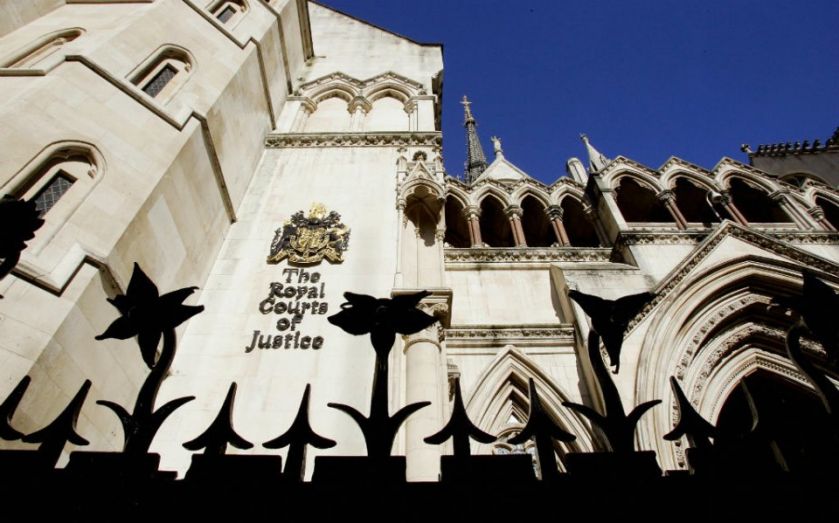
People are being encouraged to “see how justice is done” with the launch of a new Government guide on how to attend court hearings.
The Ministry of Justice (MoJ) hopes the “how to” publication will help people observe some of the two million or so court and tribunal hearings that take place each year.
It said the eight-page document, the “first ever easy-to-use” guide of its kind, was to try to ensure people “know their rights to support open justice” and to boost transparency in the court system.
Justice minister Mike Freer said: “Open and transparent courts are a key principle of our justice system and it is vital people can see for themselves how justice is done.
“This guide is another way we are lifting the curtain for the public to help them easily observe trials, tribunals and hearings.”
The guide, available from Saturday, says the justice system is “widely recognised as being fair, independent and transparent” but acknowledges that it has “complex processes that may make it challenging to understand what’s happening and why”.
It explains the difference between criminal, civil, family and tribunal court hearings and what types of cases they feature.
Pulling together information already available online, it also covers how to find and observe hearings – whether in person or remotely, what areas of courtrooms are open to the public and what to expect inside.
It also explains court security processes, when access might be restricted and how to obtain information and connect to court wifi.
Rules around photography, filming, using phones and laptops and social media and the risks of being in contempt of court or breaching reporting restrictions are also set out.
The guide highlights that while most court hearings are usually held in public, some take place in private, such as proceedings in family and youth courts.
HM Courts and Tribunals Service (HMCTS), an MoJ agency responsible for courts in England and Wales, has produced the guide, which will be available on the gov.uk website.
Printed copies will be issued to courts, and shared with organisations like Citizens Advice to provide to their clients.
The MoJ said the guide would help HMCTS staff be prepared to help people access hearings and support those visiting court for the first time.
It comes after a move last year to allow the filming of judges’ sentencing remarks in some criminal cases, in a bid allow more people to see how the justice system works.
The Government has also previously published a Reporters’ Charter which summarises the rights and obligations journalists have when covering court cases.
Other guidance is available for people taking part in a court or tribunal hearing as victim or witness or a jury member.
Press Association – Tom Pilgrim




